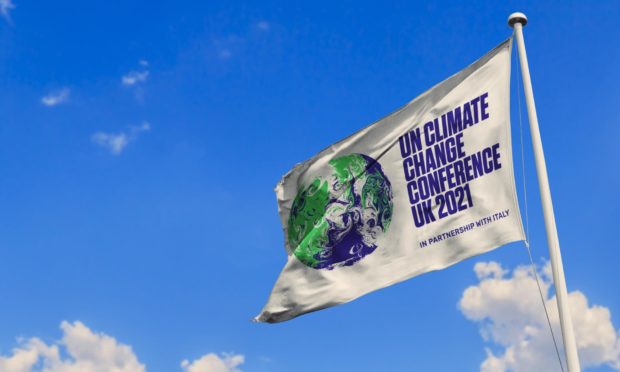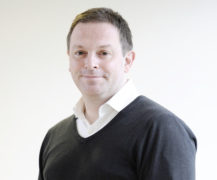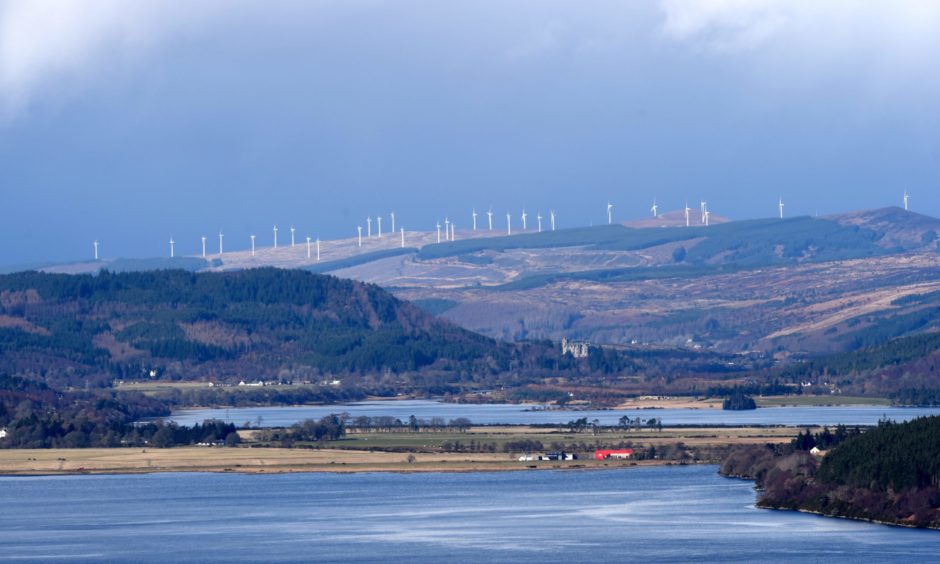Something quite remarkable is happening in the fight against climate change.
Obstacle after obstacle is falling before the determined efforts of scientists and engineers, pushing the quest for net zero towards becoming achievable reality.
For those of us watching from the sidelines, the speed of change is dizzying. Vital technologies such as carbon capture and energy storage have come on leaps and bounds in the past few years, accelerating from academic theory to the brink of being profitable enterprises. Reacting to political and public pressure, the market is doing what the market should – driving innovation, stimulating competition, and finding solutions to the most urgent challenge of our time.
This is not to say that climate change is sorted – far from it. Few now disagree that further economic, industrial and social change will be required. Glasgow will host world leaders at the UN’s COP26 conference in November, where each country is expected to intensify the commitments made in the 2015 Paris Agreement. Oil “supermajors” such as Shell, BP and Total are investing billions both in reaching their own net zero and adapting to a market in which renewable energy and low CO2-emitting projects are the future, and increasingly the present.
Opportunity rings loudly in Scotland
In Scotland, opportunity once again rings loudly. There is a general view that we missed our chance to capitalise on the first wave of renewable energy innovation around the turn of the millennium. Scotland became a purchaser of Scandinavian and Teutonic technology rather than a global provider. This time there is an insistence that we will not miss the (electric-powered) boat. A key mission for the new Scottish National Investment Bank is to support innovative projects that could help make Scotland a world leader in renewables, as well as delivering national net zero.
In a fascinating new paper for my think tank Reform Scotland, energy expert Stuart Paton casts an eye over our current renewables landscape. The task, as he puts it, is to “electrify as much as possible, as quickly as possible, using zero-carbon generation”.
It is the duty of everyone currently alive to do what they can to ensure our planet remains a habitable environment for those yet to be born
While electrification using renewable electricity will do much of the job, alternative technologies will also be required, he says: green hydrogen for heavy goods transport; blue hydrogen, which produces CO2 that requires sequestration and carbon capture; new manufacturing techniques for hard-to-decarbonise sectors such as steel and cement. There must be large-scale carbon capture at key industrial locations, such as Grangemouth. Though Paton says this could all be “transformational”, he warns “it is not a ‘get out of jail free’ card for the industry, but rather a realisation that we will keep producing CO2, and that it must be captured and stored over geological timescales.”
Scaling up technology is the next step
Progress is constant. Scotia Gas Networks and the Scottish Government have a project at Levenmouth in Fife to generate green hydrogen from wind turbines, to distribute through the local gas grid. Small changes in homes enable the use of heat pumps or hydrogen for warmth and cooking. A wind farm project in Orkney generates green electricity during the day and stores the energy as hydrogen during the night, which can then be used in fuel cells at times of peak demand. There is significant progress on carbon capture and storage projects at Peterhead. Paton says: “The key technical issues appear to have been overcome, with the vital next step being to scale up the technology.” Wave and, yes, even solar will play their part in making a future Scotland hum and tick. The Scottish Government has made a legally binding pledge that we will be net zero by 2045.
A major stumbling block in the move to renewables has been cost – particularly that oil and gas have been significantly cheaper. This remains a work in progress, but Paton points out that, in most parts of the world, wind and solar are already cheaper than gas for electricity generation. As the big oil companies shift their attention to renewables it is likely the price will continue to fall.
What is sometimes lost amid environmentalist campaigning is that oil and gas continues to employ around 100,000 people in Scotland, many of them in Aberdeenshire. Any industrial change must have these jobs in mind, and it’s welcome that the UK Government and the oil and gas industry recently signed a commitment to protecting what are generally well-paid jobs in the industry.
It is the duty of everyone currently alive to do what they can to ensure our planet remains a habitable environment for those yet to be born. Human ingenuity, with Scottish genius playing its part, will help us get there.
Chris Deerin is a leading journalist and commentator who heads independent, non-party think tank Reform Scotland












